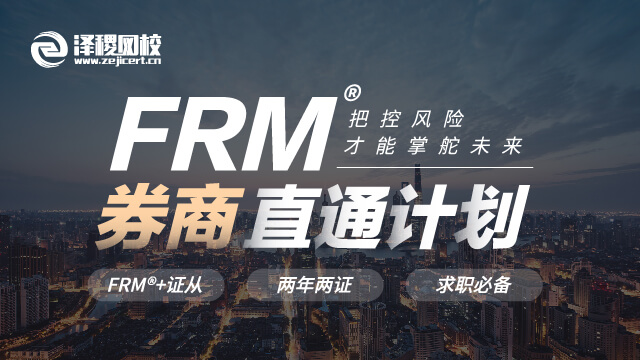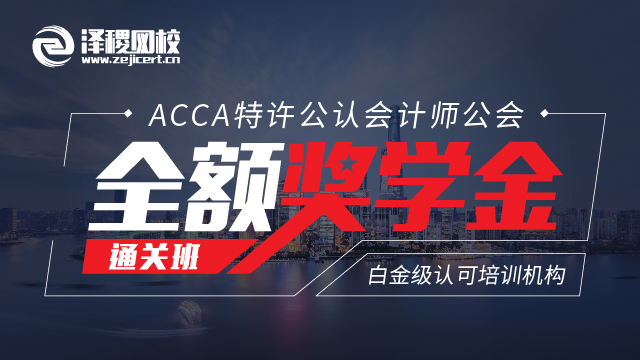ACCA P4 考官文章 SECURITISATION AND TRANCHING
Securitisation became a topical issue during the credit crunch, and still remains a relevant issue for financial management and Paper P4 students
PLEASE NOTE:
This is an updated version of the 'Toxic Assets' technical article
SECURITISATION THROUGH COLLATERALISED DEBT OBLIGATIONS (CDOS)
One common use of securitisation occurs when banks lend through mortgages, credit cards, car loans or other forms of credit, they invariably move to ‘lay off’ their risk by a process of securitisation. Such loans are an asset on the statement of financial position, representing cash flow to the bank in future years through interest payments and eventual repayment of the principal sum involved. By securitising the loans, the bank removes the risk attached to its future cash receipts and converts the loan back into cash, which it can lend again, and so on, in an expanding cycle of credit formation.
Securitisation is achieved by transferring the lending to specifically created companies called ‘special purpose vehicles’ (SPVs). In the case of conventional mortgages, the SPV effectively purchases a bank’s mortgage book for cash, which is raised through the issue of bonds backed by the income stream flowing from the mortgage holder. In the case of sub-prime mortgages, the high levels of risk called for a different type of securitisation, achieved by the creation of derivative-style instruments known as ‘collateralised debt obligations’ or CDOs.
Securitisation may be also appropriate for an organisation which wants to enhance its credit rating by using low-risk cash flows, such as rental income from commercial property, which will be diverted into a "ring-fenced" SPV.
CDOs are a way of repackaging the risk of a large number of risky assets such as sub-prime mortgages. Unlike a bond issue, where the risk is spread thinly between all the bond holders, CDOs concentrate the risk into investment layers or ‘tranches’, so that some investors take proportionately more of the risk for a bigger return and others take little or no risk for a much lower return.
Each tranche of CDOs is securitised and ‘priced’ on issue to give the appropriate yield to the investors. The investment grade tranche of CDOs will be the most highly priced, giving a low yield but with low risk attached. At the other end, the ‘equity’ tranche carries the bulk of the risk – it will be very lowly priced but with a high potential, but very risky, yield. There is more detail on this in the next section.
CDOs are, therefore, a mechanism whereby losses are transferred to investors with the highest appetite for risk (such as hedge funds), leaving the bulk of CDOs’ investors (mainly other banks) with a low risk source of cash flow.
THE STRUCTURE OF CDOS
An example of a possible structure for a CDO is as follows. For a pool of mortgages taken over by the SPV, three tranches of CDOs are created:
- Tranche 1 (highest risk) known as the ‘equity’ tranche and normally comprising about 10% of the value of the mortgages in the pool. Throughout the CDOs’ life, the equity tranche will absorb any losses brought about by default on the part of mortgage holders, up to the point that the principal underpinning the tranche is exhausted. At this point the investment is worthless.
- Tranche 2 (intermediate risk or ‘mezzanine’ tranche) consists of around 10% of the principal and will absorb any losses not absorbed by the equity tranche until the point at which its principal is also exhausted.
- Tranche 3 (AAA or ‘senior’ tranche) consists of the balance of the pool value and will absorb any residual losses.
The proportion of the principal held in each tranche is known as the CDO ‘structure’, and if there is perceived to be little risk of default then the percentage of value in the mortgage pool forming the equity and mezzanine tranches will be quite small. However, if the risk is high then CDOs will be created with a greater proportion of the principal in the equity and mezzanine tranches and a relatively smaller proportion in the senior tranche.
When cash flows are received from borrowers in the form of interest payments and loan repayments, these payments are paid to tranche 3 first until their obligation is fulfilled, then tranche 2, and anything left over is paid to the equity tranche. Any defaults hit tranche 1 first, then tranche 2 and so on. The repayments represent a ‘waterfall’ of cash with the investors holding the tranches like buckets. The senior tranches get filled first, the mezzanine holders get filled next and anything left falls into the equity pools at the bottom.
EXAMPLE
A bank has made a number of mortgage loans to customers with a current total value of $350 million. The mortgages have an average term to maturity of ten years. The net income from the loans is 7% per year. The bank will use 85% of the mortgage pool as collateral for a securitisation with the following structure:
- 75% of the collateral value to support a tranche of A-rated loan notes offering investors 6% per year.
- 15% of the collateral value to support a tranche of B-rated loan notes offering investors 11% per year.
- 10% of the collateral value to support a tranche of subordinated certificates which are unrated.
The estimated cash flows for this arrangement would be as follows:
Cash inflows
Inflows from mortgages $350m x 7% = $24.5m
Cash outflows
A-rated loan notes
$350m x 85% x 75% x 6% = $13.4m
B-rated loan notes
$350m x 85% x 15% x 11% = $4.9m
Total outflows = $13.4m + $4.9m = $18.3m
The difference between the inflows and the outflows is returned to the high-risk unrated certificates.
Difference in cash flows = $24.5m – $18.3m = $6.2m
The subordinated certificates have a value of $350m x 85% x 10% = $29.75m.
The return on this high-risk investment is $6.2m/$29.75m = 20.8%
However this return is at risk should there be a reduction in the income from the mortgages resulting from customers defaulting on their mortgages. Because of this level of risk, the equity tranche may be unattractive to investors for some securitisation arrangements.
Note that all of the income from the mortgages is used to pay the tranche holders, not just 85% representing the securitised amount. The reason why the securitisation is performed is to get money in quickly. In order to sell the various tranches there needs to be an incentive; for this to be present for all tranches not all of the available pool of mortgages is securitised, but all of the income from the pool is distributed. The bank, in theory, loses out from this approach by distributing 100% of the income instead of keeping 15%, but has achieved the objective of getting the initial funds from the tranche holders as quickly as possible.
Written by a member of the Paper P4 examining team
温馨提示:2016年新考季,泽稷网校ACCA名师为大家准备了2016 ACCA学习资料大礼包(内含ACCA历年真题、考官文章、考官报告、备考宝典等实用学习资料),关注微信公众号:ACCA考友论坛(ID:ACCA-CHN)即可领取:



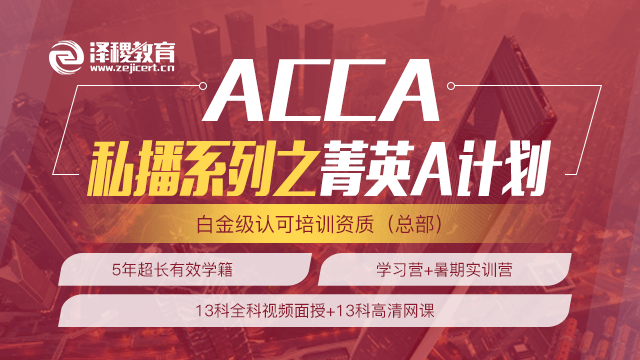
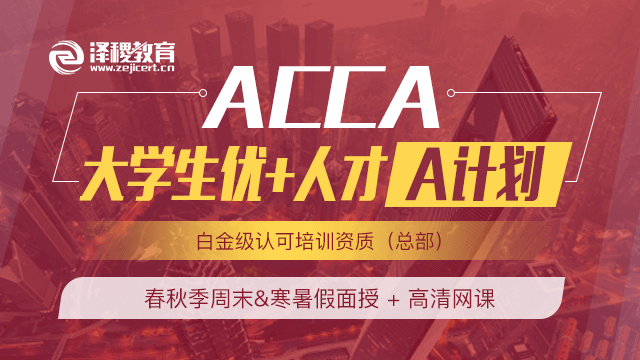
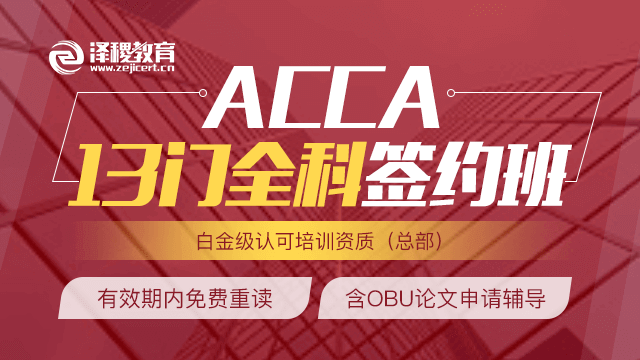
 白金级认可培训资质(总部)
白金级认可培训资质(总部)
 课程试听
课程试听
 职业规划
职业规划
 ACCA中文教材
ACCA中文教材
 考位预约
考位预约
 免费资料
免费资料

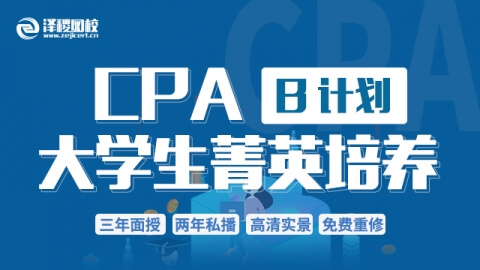

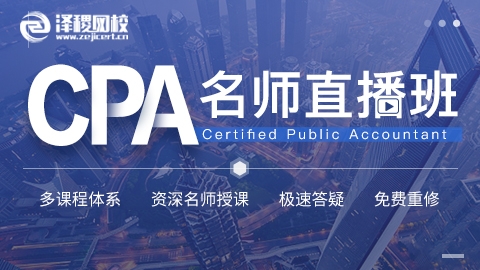
 题库下载
题库下载
 模拟机考
模拟机考
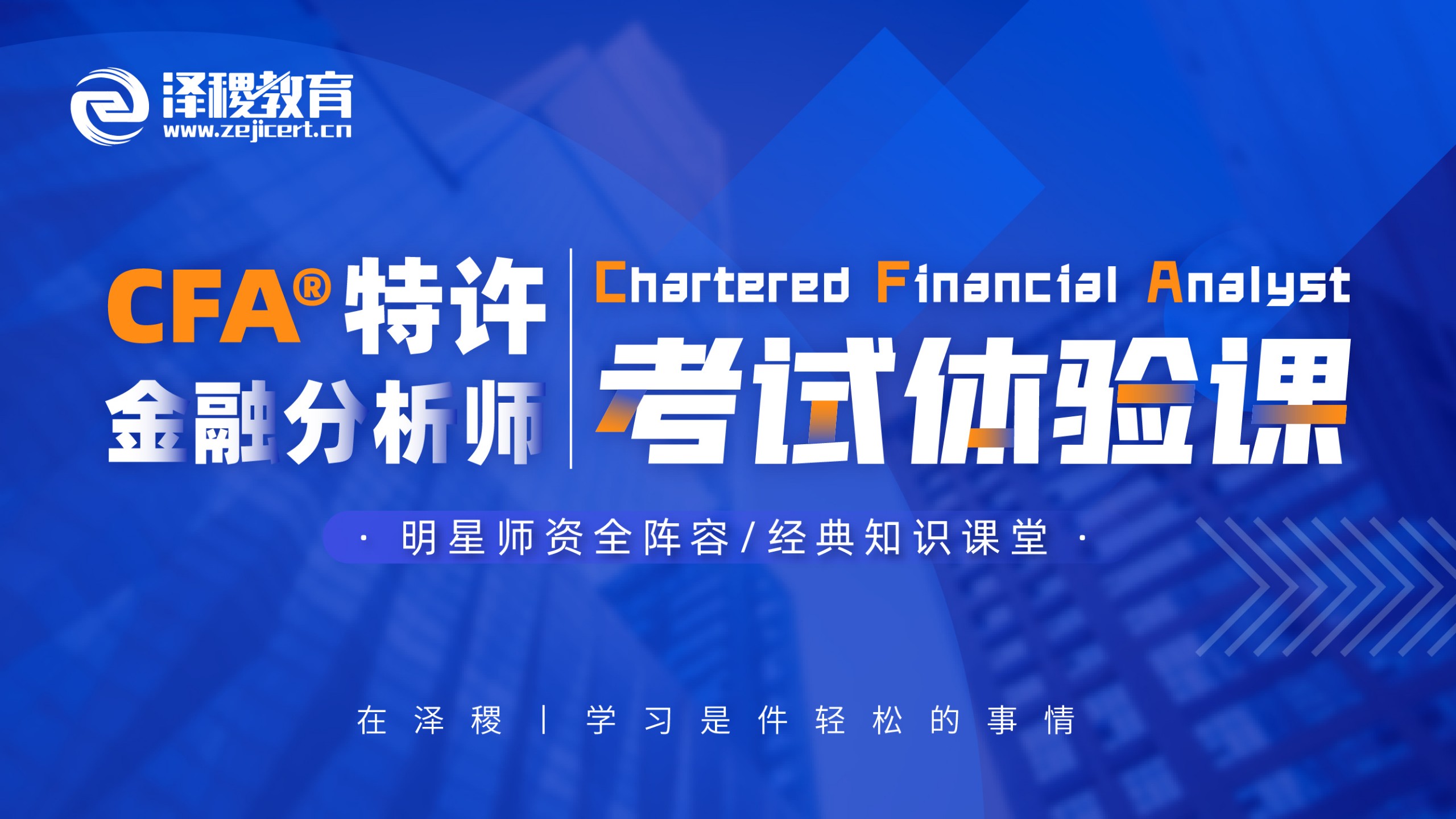

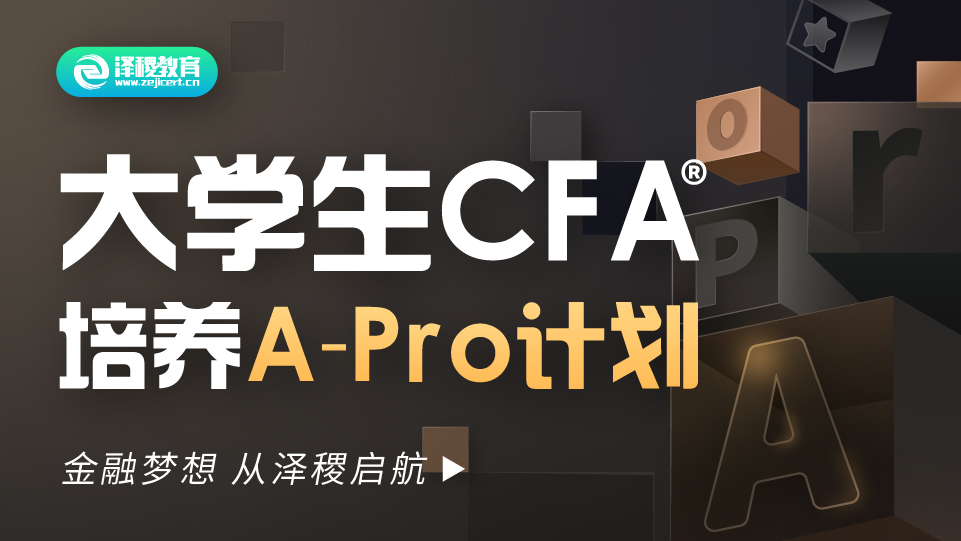

 CFA®成绩查询
CFA®成绩查询




 GARP协会官方认可FRM®备考机构
GARP协会官方认可FRM®备考机构








